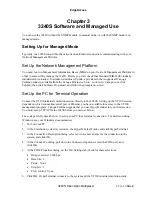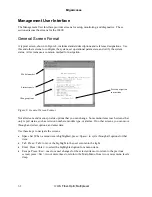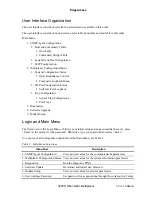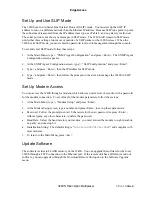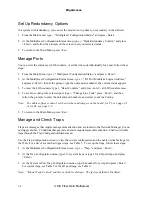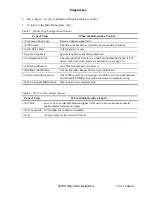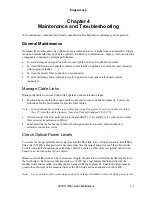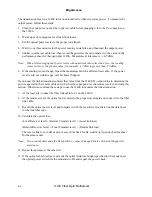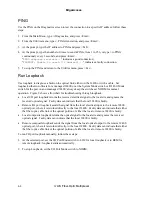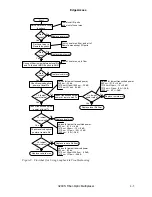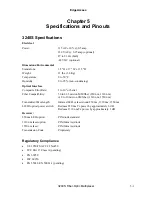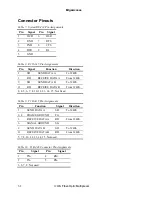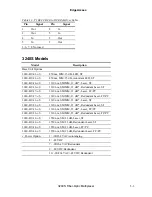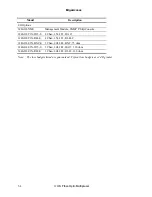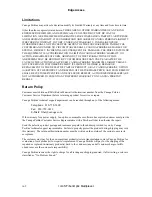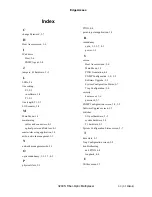
EdgeAccess
Chapter 4
Maintenance and Troubleshooting
Well-maintained components and clearly identified cables help assure optimum system operation.
General Maintenance
Damaged fiber cables and dirty connectors are a common source of signal loss or attenuation. Single
mode and multimode fiber optics are especially sensitive to contamination. Inspect, clean, and test all
components to maintain optimum performance.
•
To avoid damage and signal loss, do not over-tighten or force-fit optical connectors.
•
To clean the ferrules and end-face surfaces of male fiber couplings, use a lint-free pad saturated
with isopropyl alcohol.
•
To clean the female fiber connectors, use canned air.
•
To prevent damage and contamination, place protective dust caps on all unused optical
connectors.
Manage Cable Links
Manage the cables to ensure trouble-free operation and maintenance tasks.
•
Position and secure the fiber optic cables to prevent excessive bends and damage. Follow the
guidelines for the bend radius for specific fiber cables.
Note: If no minimum bend radius is specified, the typical long-term, low-stress radius is not less
than 15 times the cable diameter (based on Federal Standard FS-1037C).
•
Always connect the fiber optic cables in the standard Tx to Rx and Rx to Tx scheme; reversing
this can cause transmission conflicts.
•
Label each fiber cable near each end with the signal direction, source, and destination to
minimize connection errors.
Check Optical Power Levels
To ensure the proper performance levels, measure the fiber link loss, or link attenuation, for all fiber
links. Each 3240S is shipped with a document that lists the output power for each laser transmitter.
To determine link attenuation, use either the 3240S Tx source, a fiber optic test jumper cable (with
known loss), and an optical power meter.
Measure optical fiber links at the shortest wavelength of operation to determine the limiting factor in
the loss budget. Each device that transmits to a 3240S has a loss budget that is specified by the
manufacturer and recorded on a data sheet provided with the equipment. That loss budget must be
greater than the total of the measured loss of the fiber link and the attenuation of the 3240S.
Note: For accurate results, warm up each unit for at least 30 minutes before checking power levels.
3240S Fiber-Optic Multiplexer
4-1
Summary of Contents for 3240S
Page 1: ...Model 3240S SNMP Managed T1 E1 Fiber Optic Multiplexer User Manual...
Page 2: ......
Page 4: ......
Page 6: ......
Page 12: ......
Page 20: ...EdgeAccess 2 8 3240S Fiber Optic Multiplexer...
Page 30: ......
Page 31: ......
Page 32: ......
Page 46: ......
Page 47: ......
Page 48: ......
Page 49: ......



